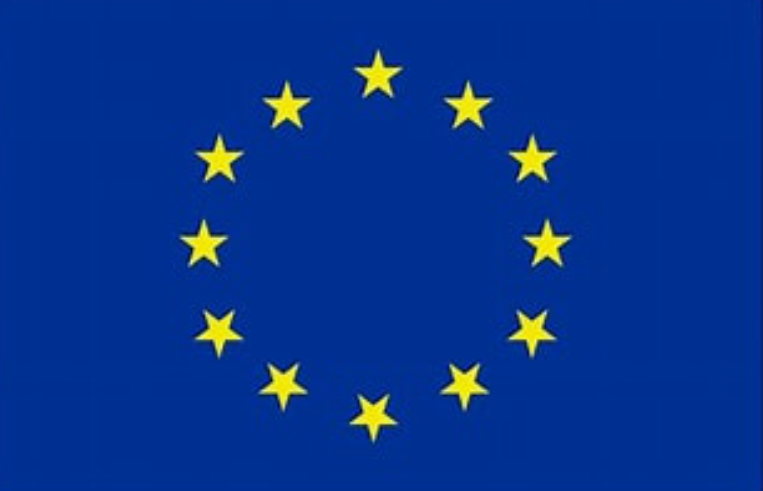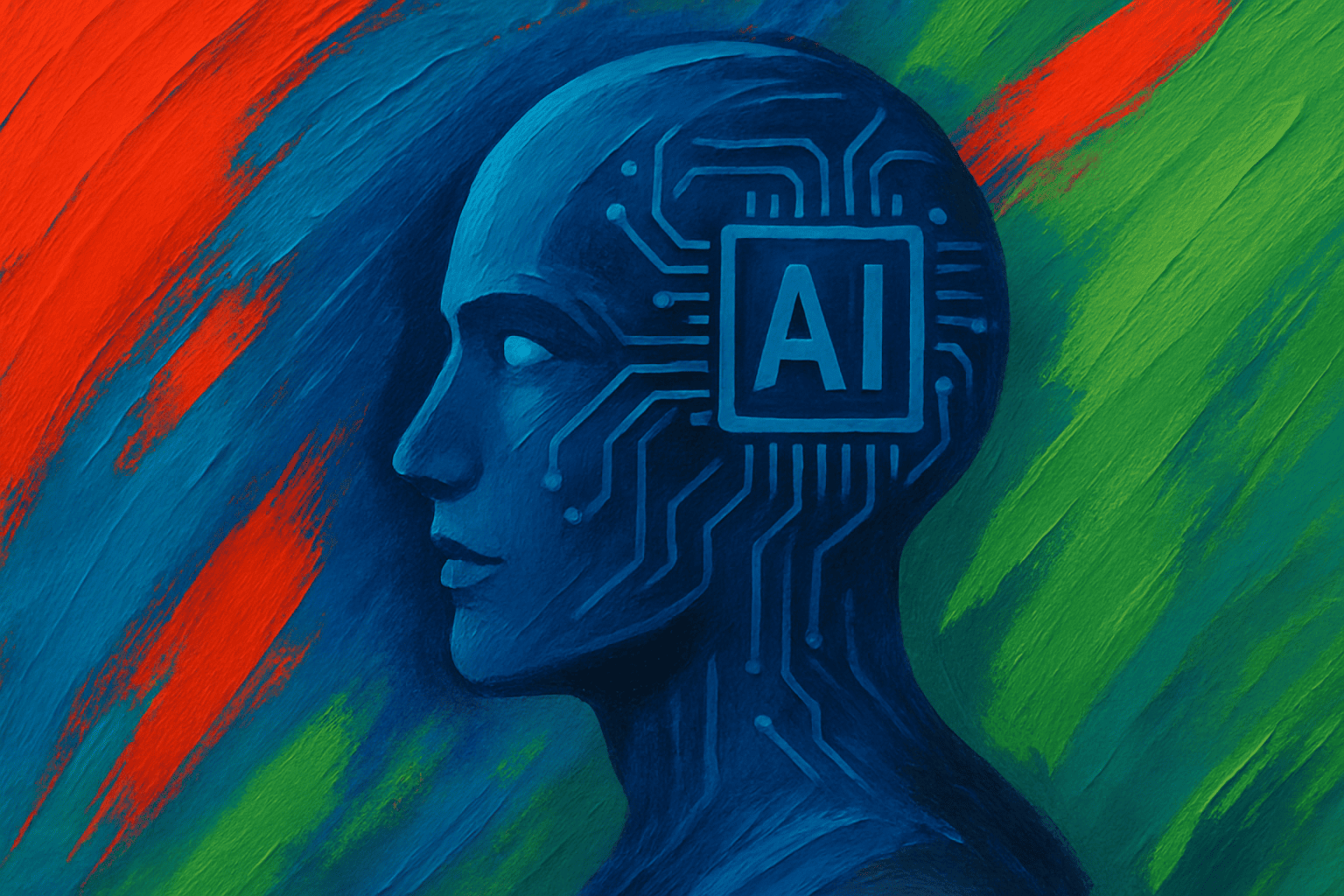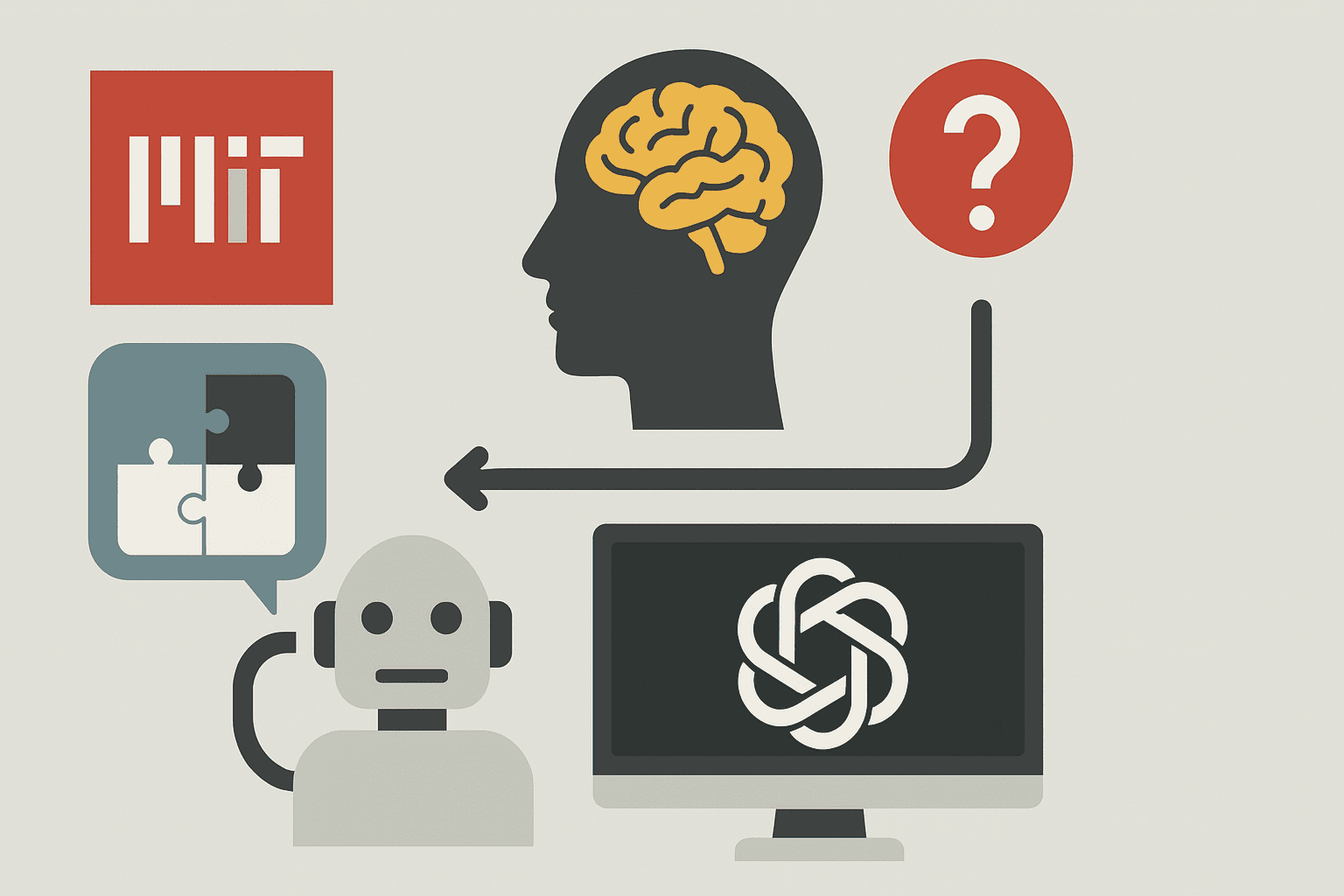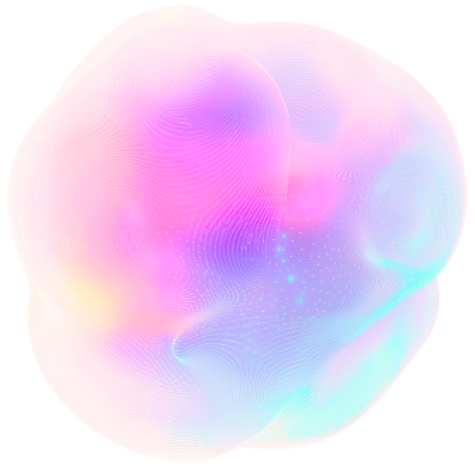European Union member states have agreed to the world’s first major law to regulate artificial intelligence, putting global institutions under pressure to put in place guidelines for the technology. Using a risk-based approach, the EU Council’s AI Act sets out extensive rules and treats different AI applications according to their threats to society.
“The adoption of the AI act is a significant milestone for the European Union,” Mathieu Michel, Belgium’s secretary of state for digitization said in a Tuesday statement. “With the AI act, Europe emphasizes the importance of trust, transparency and accountability when dealing with new technologies while at the same time ensuring this fast-changing technology can flourish and boost European innovation,” Michel added.
The law prohibits AI applications that are defined as “unacceptable” — for example, social scoring practices, predictive policing, and even the recognition of emotions in the workplace or at school. It would scrutinize high-risk AI systems, such as those in self-driving cars and medical devices, against health, safety, and encroachments on human basic rights. This also refers to the use of AI within financial services or education, where algorithmic bias is an added risk.
Companies could face fines of up to 35 million euros ($38 million) or 7% of their annual global revenue for breaking the AI Act. This comes a little after the announcement of OpenAI’s ChatGPT, which was just released in November 2022. And it is for this reason that more than ever before, there is a need for elaborate regulations to do with its advanced capabilities as a generative AI model that has probable misuse with respect to copyrights collected before today. It warrants very strict rules for generative AI that ensure all things done are within EU copyright law, with necessary transparency about the training process, frequent testing, and clearly defined cybersecurity measures.






